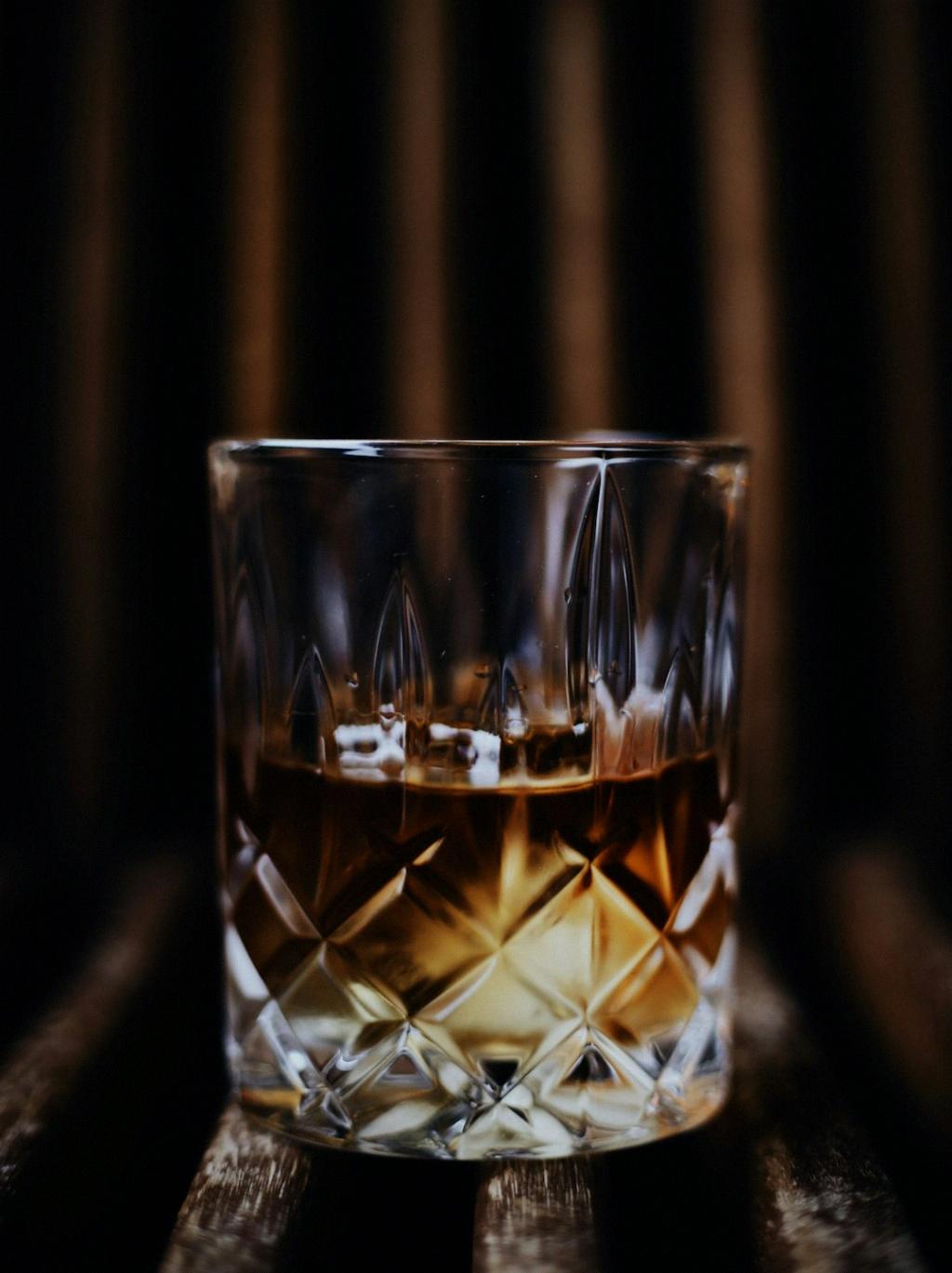Rum, the beloved spirit known for its tropical associations and versatility in cocktails, often boasts a delightful flavor profile with notes of vanilla. But have you ever wondered why rum has this distinct taste? In this article, we will delve into the factors that contribute to the vanilla flavors found in rum, exploring the origins of rum, the distillation process, the influence of aging and barrels, the role of raw materials, and other factors that play a part in creating this delightful taste. So, let’s raise our glasses and embark on this flavorful journey!
The Origins of Rum
The history of rum dates back to the 17th century and finds its roots in the Caribbean, where the sugarcane plant thrived. This tropical plant served as the primary ingredient for the production of rum. When sugarcane was harvested, the juice was extracted and fermented, giving rise to a liquid known as “molasses.” This molasses was then distilled, creating the spirit we know as rum.
The Distillation Process
The distillation process plays a crucial role in shaping the flavor profile of rum. During distillation, the fermented molasses is heated, causing the alcohol to vaporize. The vapor is then condensed, resulting in a liquid with a higher alcohol content. This process allows for the concentration of flavors and the removal of impurities, contributing to the unique taste of rum.
The Influence of Aging and Barrels
If the rum is aged in charred oak barrels, as many premium rums are, it can acquire flavors reminiscent of barrel-aged bourbon. The charred oak imparts rich flavors such as vanilla, baking spices, and caramel. Additionally, the barrel aging process allows for the interaction between the rum and the wood, resulting in a smoother and more complex flavor profile.
The Role of Raw Materials
The quality and variety of raw materials used in the production of rum significantly impact its flavor. Different types of sugarcane, such as molasses and sugarcane juice, can create distinct flavor profiles. Additionally, the soil, climate, and cultivation methods used in growing sugarcane can influence the final taste of the rum. These factors contribute to the presence of vanilla-like flavors in certain rums.
A Closer Look at Vanilla Flavor in Rum
Vanilla flavors in rum can be attributed to various factors. As mentioned earlier, aging in oak barrels can introduce vanilla notes to the spirit. However, the presence of vanilla-like flavors can also come from the specific type of yeast used during fermentation. Certain strains of yeast can produce compounds that mimic the taste of vanilla, adding complexity to the rum’s flavor profile.
The Impact of Fermentation and Yeast
Fermentation, the process of converting sugars into alcohol, is another crucial factor in rum production. The choice of yeast used during fermentation can significantly impact the flavor of the final product. Some yeasts produce esters, organic compounds that contribute to fruity and vanilla-like aromas. The interaction between yeast and the sugars in the molasses can result in the development of complex flavors, including vanilla.
Blending and Flavor Profiles in Rum
Rums are often created by blending different batches or distillates. This blending process allows master blenders to create a consistent and balanced flavor profile. By carefully selecting and combining rums with varying characteristics, including those with prominent vanilla flavors, blenders can craft a unique product that appeals to different palates.
Exploring Other Factors Influencing Vanilla Notes
Aside from aging, raw materials, fermentation, and blending, there are other factors that can influence the presence of vanilla notes in rum. The cask strength of the rum, the distillation method, the climate of the aging location, and even the length of aging can all contribute to the development and intensity of vanilla flavors.
Other Common Flavors in Rum
While vanilla is undoubtedly a popular flavor note in rum, it is not the only one. Rum can exhibit a wide range of flavors, including tropical fruits, caramel, toffee, chocolate, spices, and even hints of tobacco or coffee. These diverse flavor profiles make rum a versatile and intriguing spirit that can be enjoyed on its own or as the base for a variety of cocktails.

Conclusion
In conclusion, the presence of vanilla flavors in rum can be attributed to several factors, including aging in oak barrels, the choice of raw materials, the fermentation process, and the use of specific yeast strains. These elements work together to create a complex and enjoyable flavor profile in rum. The next time you sip on a rum cocktail or enjoy this spirit neat, take a moment to appreciate the craftsmanship and the journey of flavors that culminate in that delightful hint of vanilla.
